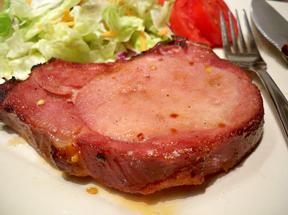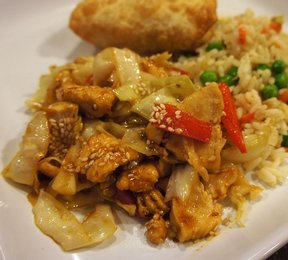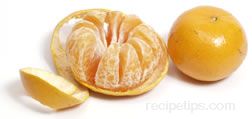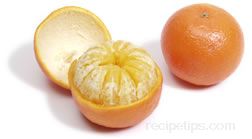Similar Content to: Orange or Citrus Peeler
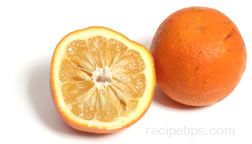
The Bergamot is a small, somewhat pear-shaped fruit with has a high content of juice, numerous seeds and a highly bitter, acidic flesh. Smooth but thin skinned, Bergamot oranges range in color from green to yellow, depending on ripeness. This variety of orange is typically used for its essential oils, which provide a strong scent for perfumes and cosmetics, and flavoring for liqueurs. The peel is dried and used as flavoring in teas, such as Earl Grey tea. The aroma of the orange is used in aromatherapy mixtures and sold as a remedy for forms of depression. Bergamots are found growing most often in Italy. Another Bitter Orange is the Seville orange, a sour tasting fruit with a flattened appearance and a rough, thick skin covering a flesh with many seeds. Similar to the Bergamot, the Seville oranges are generally not eaten out-of-hand because of their acidic taste but are more often used for cooking because of their strong orange flavor. They are popular for making marmalades, jellies, and jams, flavoring liqueurs, and are used in marinades. Most often grown in the Mediterranean regions, the Seville variety has a short growing season so they are not always readily available. The Seville may also be referred to as a Bigarade orange.
For recipes requiring a bitter or sour orange, a subsitution may be required since these oranges may not be readily available. Use equal parts of orange and grapefruit juice or use 2 parts orange juice combined with 1 part lemon juice and 1 part lime juice.






